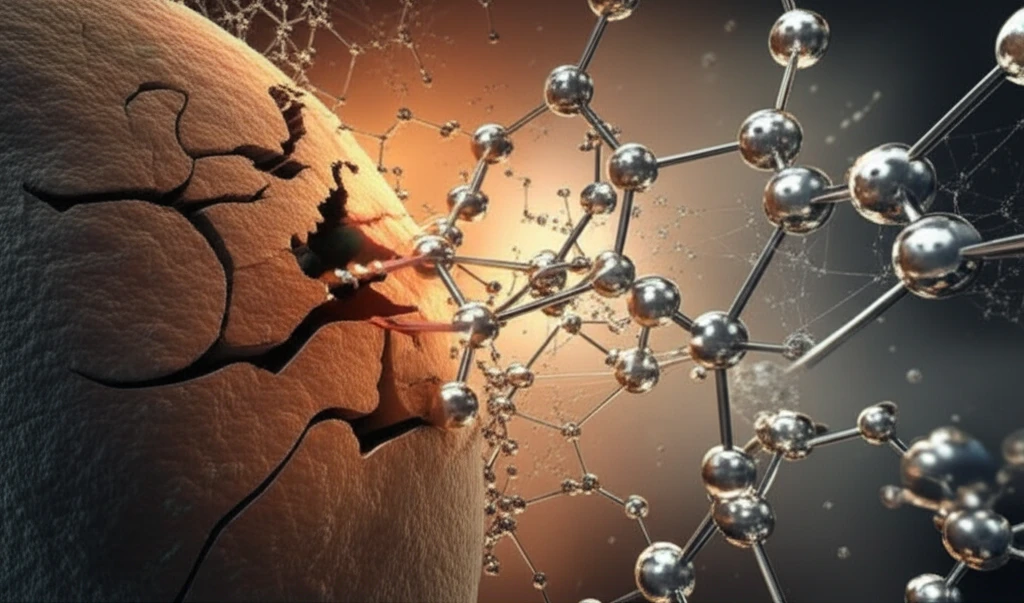
Fighting Tuberculosis: Can Vanadium Complexes Offer a New Hope?
"Emerging research explores novel vanadium compounds as potential game-changers in the battle against drug-resistant tuberculosis, offering a beacon of hope in overcoming this global health challenge."
Tuberculosis (TB), primarily caused by Mycobacterium tuberculosis (MTB), remains a major global health concern, responsible for millions of deaths annually. The rise of multidrug-resistant (MDR) and extensively drug-resistant (XDR) strains of TB is creating an urgent need for new, effective treatments. The current standard treatment, which includes drugs like rifampicin and isoniazid, is becoming less effective, and the development of new drugs has been slow.
In the search for novel solutions, inorganic chemistry offers a promising avenue. Introducing metal centers into drug frameworks can alter their biological mechanisms and potentially overcome drug resistance. Vanadium, a transition metal, has garnered attention for its therapeutic properties, including its ability to mimic insulin and promote glucose uptake. These properties make vanadium compounds interesting candidates for fighting TB.
This article delves into recent research exploring the potential of new dioxovanadium(V) complexes in combating TB. These complexes were synthesized by reacting [VO(acac)2] with hydrazone and thiosemicarbazone ligands, and their effectiveness against MTB strains was investigated. This research aims to contribute to the development of alternative chemotherapy regimens to combat TB.
Vanadium Complexes: A Novel Approach to TB Treatment

Researchers synthesized three new dioxovanadium(V) complexes by reacting [VO(acac)2] with hydrazone and thiosemicarbazone ligands. Spectroscopic studies and X-ray crystallography revealed that the hydrazone ligands formed asymmetrically oxo-bridged binuclear complexes, while the thiosemicarbazone ligand formed a mononuclear square pyramidal complex.
- Complexes 1 and 2: Dimeric complexes formed with hydrazone ligands.
- Complex 3: A monomeric complex formed with a thiosemicarbazone ligand.
- Activity: The hydrazone derivative complexes (1 and 2) showed high activity against MTB.
Future Directions: Paving the Way for New TB Therapies
This research highlights the potential of vanadium complexes as a novel approach to combating tuberculosis, particularly in the face of increasing drug resistance. The synthesized dioxovanadium(V) complexes demonstrated promising activity against M. tuberculosis, offering a potential new avenue for TB treatment.
While these findings are encouraging, further research is necessary to fully explore the potential of these compounds. This includes:
<ul><li>Testing against drug-resistant TB strains: Evaluating the effectiveness of the complexes against MDR and XDR TB strains.</li><li>Assessing activity against latent TB: Determining whether these complexes can target and eliminate latent TB infections.</li><li>Investigating cytotoxicity: Evaluating the safety and toxicity of the complexes to ensure they are suitable for therapeutic use.</li></ul>
